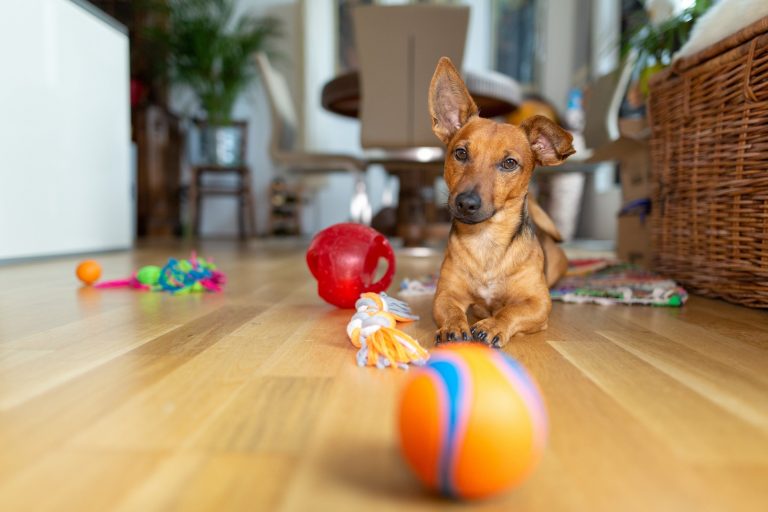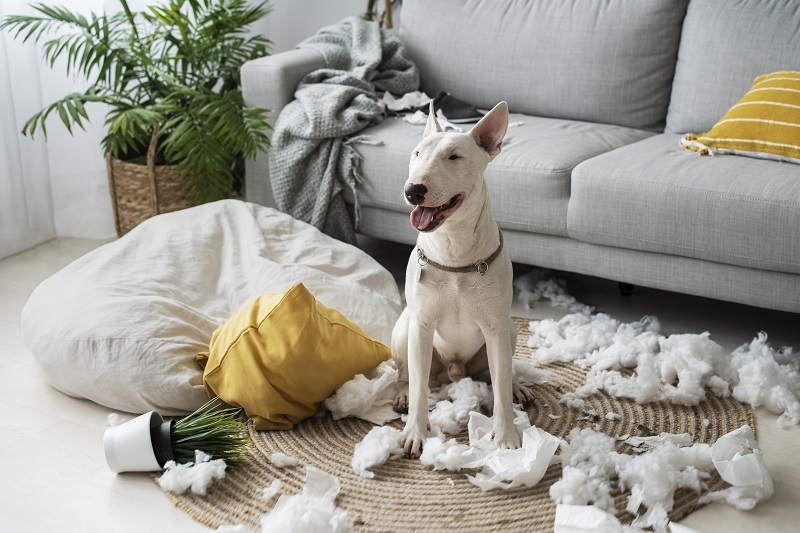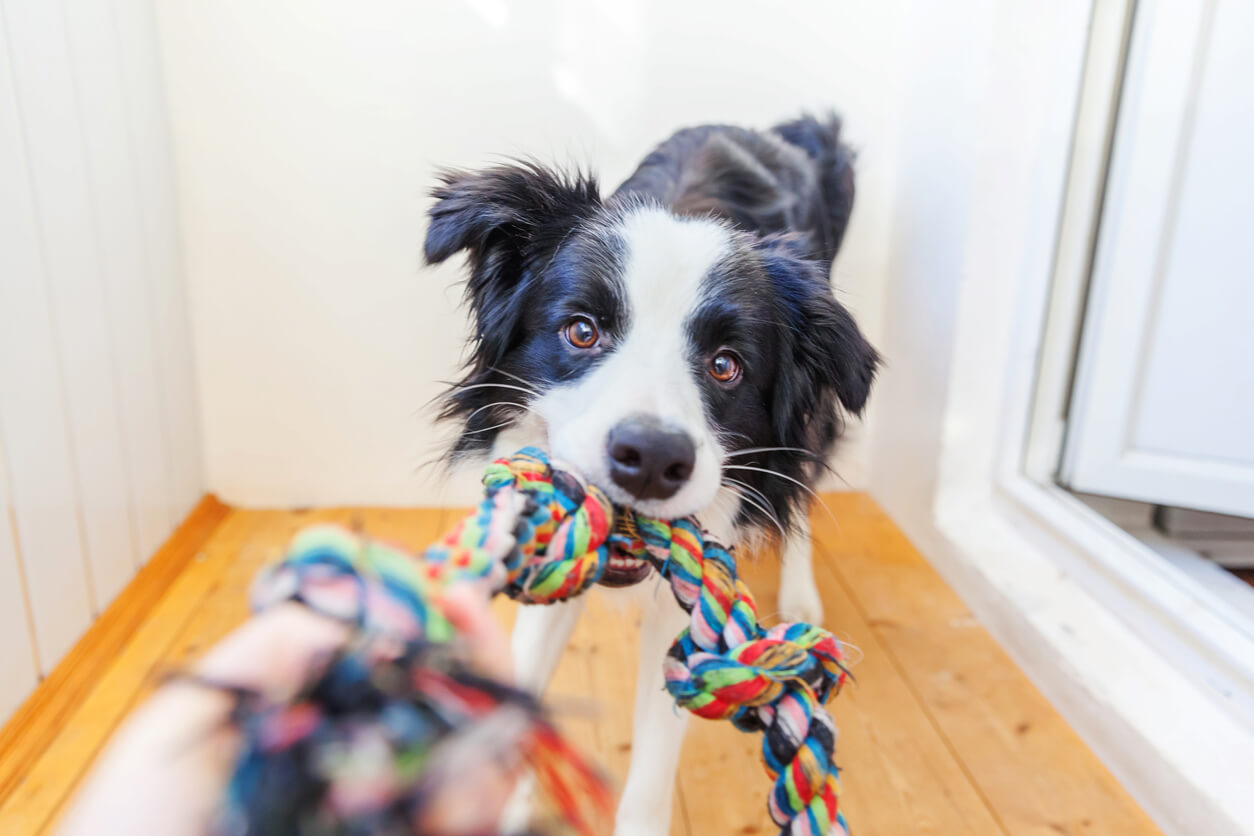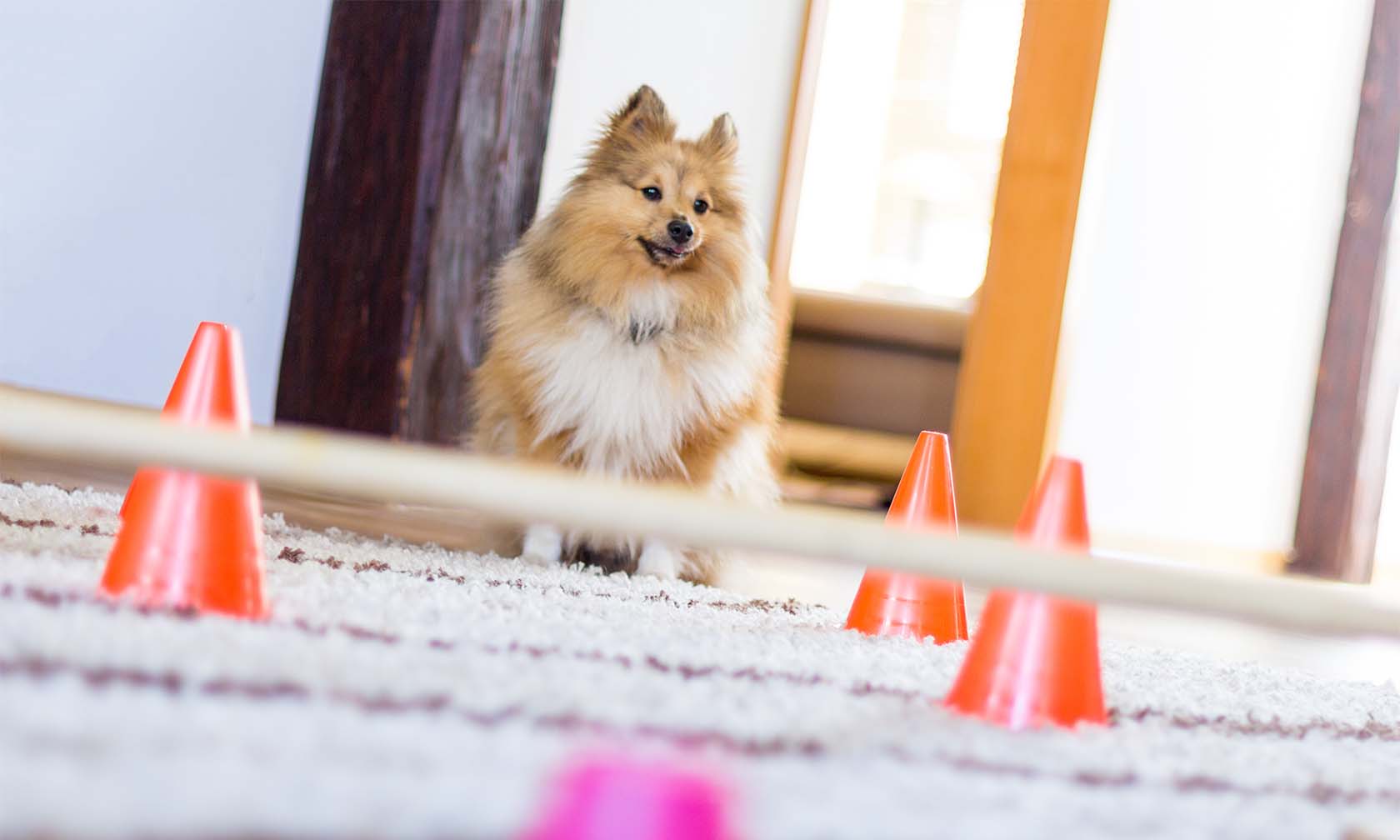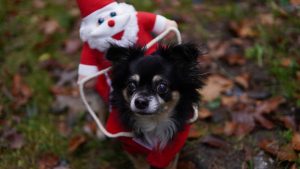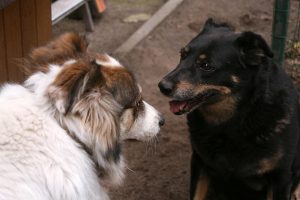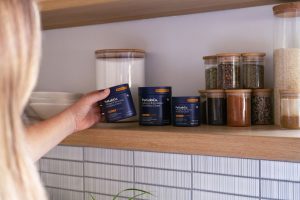Let’s be honest, not all dog owners live in a big house with a yard. Having a yard is a recommended option for most dogs, but not mandatory. People live in big cities, and that means apartment living. When you live in an apartment, you have an even bigger responsibility to provide physical exercise and mental stimulation for your puppy.
While having a yard is not mandatory for a pet, regular exercise is. Every dog, no matter big or small, needs physical exercise. Physical activity helps your puppy’s mental and physical well-being. So, with that in mind, we will talk about indoor exercise for dogs. How can you provide physical exercise without a yard? Let’s see.
What Are The Benefits Of Indoor Exercise For Dogs?
Indoor play and exercise are quite important for your furry friend. It helps you provide activity and maintain your dog’s physical and mental health.
Even if you have a yard, there are times when you simply cannot play outside. For example, during weather limitations like rainy days. Providing regular exercise even on days when the weather is not friendly maintains your dog’s well-being.
You have to make sure you provide activity in a safe area. We will talk later on about mental games you can play with your puppy. But for now, let’s talk about the benefits of why you should include some indoor activity.
Physical Health
Dogs need regular exercise to maintain their overall health. And you cannot provide that type of exercise outside every day. You might be sick and cannot go out. Or the weather might be rainy, snowy, and just awful.
Your dog needs to get some physical exercise and playtime every day. And indoor games are the way to do it. While you might think that indoor play is nothing special, it still helps dogs burn calories, maintain a healthy weight, build strength, build agility, and promote better muscle tone.
Mental Stimulation
Dogs need brain exercise as much as they need physical exercise. Dogs are intelligent beings. Now, there is a difference from one breed to another. As curious animals, they need a mental activity that will keep them sharp and prevent boredom.
Indoor play can provide that opportunity for mental enrichment through games that emphasize problem-solving and sensory stimulation.
Nowadays, there are plenty of interactive games you can play at home and keep your dog as sharp as possible.
Bonding
At the end of the day, this is the most important reason why we play with our dogs. We want to improve our bond. After all, we get a puppy to be part of the family, not something/someone we just put outside and give food to.
Every indoor exercise for dogs you play strengthens the bond between your pet and you. It helps you improve communication and trust, which then helps with dog training. A dog owner who has a bond with his puppy will excel in pet train. Without trust, your dog will not want to work and train with you.
Combating Weather Limitations
As we said before, extreme temperatures or rainy days could limit your outdoor opportunities for playtime. There are plenty of environmental factors that come to play. You may get stuck indoors. Does anyone remember the Covid-19 lockdowns?
Well, weather and environmental limitations are a reality. Indoor exercises combat that.
Health And Mobility Concerns
Last but not least, one of the big benefits of playing indoor games is to improve the health and mobility of your puppy.
We have to stress that some dogs have mobility issues. They are limited to only indoor play. For example, during recovery from surgery or while managing chronic conditions. With indoor exercise, you can provide a controlled and safe environment for your puppy to remain active.
Types Of Indoor Activities
Now let’s talk about what are some games and activities you can practice inside. Here is a dirty little secret. Almost all games you play outside can be adapted for indoor play. Even indoor fetch.
With that in mind, let’s take a look at some options for physical activity inside.
Tug Of War
Arguably the simplest and easiest indoor exercise for dogs. All you need is a sturdy toy or a soft plush toy. If you have a dog like a Jack Russell terrier, tug will be your go-to game for playing inside. Hound dogs and terrier breeds love tug.
This game engages your dog’s natural instincts and provides an amazing workout for the upper body. Tip: make sure your dog wins every once in a while. But also use the opportunity to teach drop it and leave it.
Scent Games
In other words, hide and seek. All you do is hide treats or toys in various spots around the house and encourage your puppy to find them. If you have a hound dog like a Beagle, this game will do wonders for your pooch’s personality. Remember, a tired dog is a happy dog. Bonus: it stimulates your dog’s natural instinct to sniff and explore.
You can even do scent work with some lazy dogs to get them some activity. I love this game, and I do it with treats after dinner.
Puzzle toys
There are many puzzle toys you can find on Amazon that provide some mental exercise and activity. Usually, they are treat-dispensing toys that put your dog to work for treats/food. They challenge your puppy and put its problem-solving skills to test. It is a great way to keep your pet mentally engaged.
Learning tricks
Finally, you can always do some trick dog training at home. Every dog loves to learn. It all depends on how strong of a bond you have. The stronger the bond, the more your dog is willing to work and train with you.
Use positive reinforcement with treats or kibble to teach your dog a new trick, or simply repeat old ones. Make sure to finish the training session with a positive attitude. Your dog needs to win to be willing to work and train again.
Obstacle Course
If you have been paying attention to YouTube and social media recently, a hallway obstacle course for dogs has become the new hit game. You can do it with anything. First, clear an area within the home and you can even incorporate furniture if you like.
You can make your dog to jump up, go down or under a seat, move onto the next one, or crawl under something.
Usually, obstacle courses are creative ways to have some fun. Just type dog obstacle course on YouTube and find something you like.
Are There Any Safety Considerations?
Of course, there are. Whenever you play outside or inside with your puppy, safety is of utmost importance. Provide a safe and clear play area. Always use appropriate toys and equipment and monitor your dog’s activity level. You do not want to overexercise your puppy.
Another thing to keep in mind, avoid small objects that could be swallowed.
Tips For Successful Play
Now that we talked about how indoor exercise for dogs helps, let’s finish off with some tips for success. I want you to be successful and your dog to enjoy the playtime. These tricks will help you establish and maintain a regular routine.
- Clear the space of any potential hazards and fragile items
- Choose appropriate games for your dog, playing to your dog’s instincts. For example, terriers love tug, hounds love scent games
- Set a routine, for example, I always play hide and seek with Milo after dinner to get him some extra mental stimulation before bedtime
- Use safe toys, and avoid those with small parts that could be chewed or swallowed
- Start slowly, and then gradually increase the difficulty of the game. You want to set up your dog to win, not struggle
- Use positive reinforcement and praise your dog for participating and succeeding in the indoor play
- Take breaks and allow your dog to catch a breath. Do not overexercise and add water breaks to keep your dog hydrated
- Always end up on a positive note with a reward or praise to create a positive association with the activity
How Much Physical Exercise And Mental Stimulation Does Your Dog Need?
I cannot give you a clear answer on how much exercise your dog needs. Every dog is different. Some small dogs need 15 minutes of exercise, while others need 60 to 90 minutes. For example, if you have an apartment dog like a Maltese, they need just 15 to 20 minutes of exercise and the rest of the day is all about cuddling. Jack Russells, on the other hand, need at least 60 minutes.
Then, you have to take into account age. Elderly dogs do not need as much exercise as puppies. Your senior dog is happy to lay in bed the whole day, while puppies are a bundle of energy.
Just remember, all dogs need a combination of physical exercise and mental stimulation.

